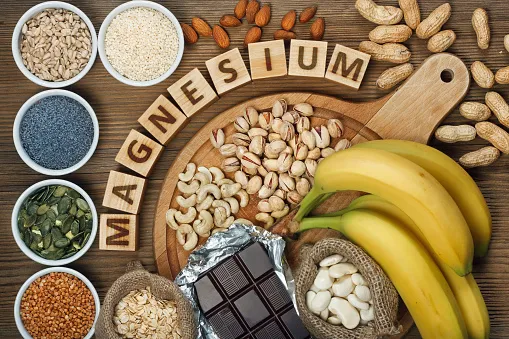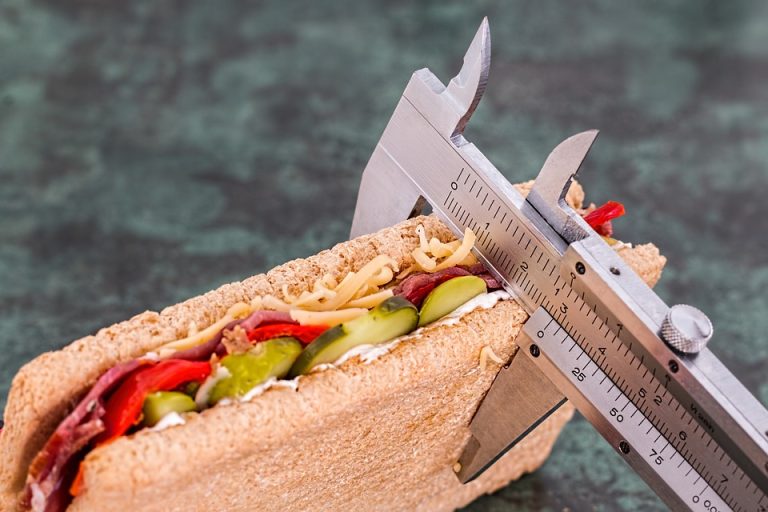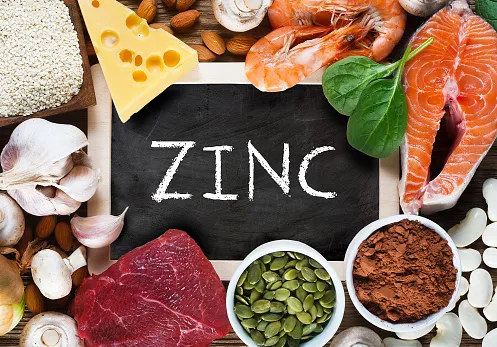Classes of Food and Their Functions in Human Bodies
There are various classes of food eaten by humans, which in turn contribute immensely to the physical body and other areas of life.
There is a popular saying that goes thus; “You are what you eat”. How true is this and how does it apply to you? Continue reading to find out the classes of food and nutrients and how it affects your bodily functions.
Food is any substance that is eaten, which is capable of providing you with nutritional support and value. Despite the large amount of food eaten all over the world, it can be divided into only 7 classes of food.
The 7 Classes of food can also be classified as either Major nutrients or minor nutrients. The major nutrients are the ones eaten in large amounts while minors are a little part of the food. Below is the list of classes of food and their function in Human bodies.
What is the 7 Classification of Nutrients/Food?
Food generally can be classified into 7 nutrients value including; Carbohydrates, Protein, Fats and Oil, Fibre, Vitamins, Mineral Salts, and Water.
Classes of Food, Functions to Human Bodies, and Sources
1. Carbohydrates
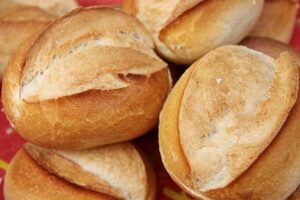
This is the major class of food that is widely eaten and known by many people. Carbohydrates generally give glucose after eating and digesting. Glucose is a primary source of energy for the body. The energy used for your daily activities, including the one used in reading this article is gotten from Glucose.
Carbohydrates, the main source of glucose consist of molecules like hydrogen, oxygen, and carbon. Carbohydrates occur in monosaccharide, disaccharide polysaccharide forms.
We eat Carbohydrates in polysaccharide forms which are converted to monosaccharide forms before being used.
Apart from the energy given by Carbohydrates, it also helps to fight against diseases. Ensure bodily functioning and gives stamina.
Sources of carbohydrates
You can get carbohydrates from the following foods; Rice, Noodles, Millet, Corn, Wheat, Starchy Vegetables, Breads, and many more.
2. Protein

This is another Class of food that gives the body major nutrients. Protein is also referred to as Body-building food because it forms a greater part of the body structure. Protein is converted to an amino acid, a micronutrient that can easily be used by the body.
Protein is the main constituent of hormones, antibodies, cells, bones, Skin layers, and other important body parts. It’s also responsible for fighting infections and diseases.
No doubt, Protein is an essential nutrient for everybody. Most children, Pregnant women, and lactating women require protein for healthy growth and development.
Sources of Protein
Beans, Fish, meats, eggs, milk, legumes, Soy products, and other dairy products. See our full discussion on Healthy Foods That Are Rich In Protein.
3. Fats and Oil
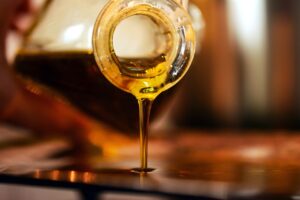
This is also one of the major classes of food. Fats are solid at room temperature while oil is liquid, even though they have the same constituents. It can be classified into either saturated or Unsaturated fats.
Apart from carbohydrates, fats are also a great source of energy for the body. It also helps in the digestion and absorption of food. Blood clotting, Powerful antibodies are what fats are capable of producing.
Sources of fats and oil
Dairy products, meats, eggs, fish, avocado oil, olive oil, and so on.
Note: Saturated fat is unhealthy for the body and you should find a way to limit it. It can be gotten from Ice cream, butter, cheese, and red meat.
4. Fiber
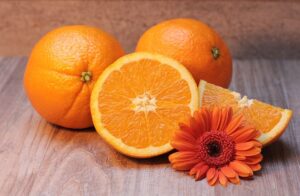
This class of food is uncommon but very important. Mainly, it helps in Food digestion maintaining body shape and weight. It also prevents life-threatening diseases.
Sources Fiber
Onions, Broccoli, Green Beans, lentils, pears, and Oranges are the sources of Fiber.
5. Minerals
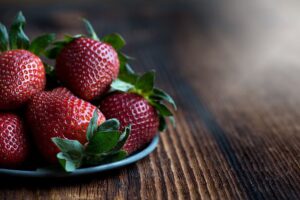
This is another essential class of those. Minerals can either be micro or macro. Micro Nutrients are required by the body in small quantities. Examples of such micronutrients include Boron, chromium, and others.
While macronutrients are needed in large quantities like potassium, calcium, zinc, iron, and others.
Minerals are essential to the body because they aid hormone production, wound healing, teeth, and bone strengthening. It can also balance your blood pressure.
Sources Minerals
Fish, meats, Poultry and Dairy products, and some fruits.
6. Vitamins

This class of food is important for a healthy lifestyle. No wonder, many people also take it in the form of a supplement. Vitamins help in boosting immunity, lower the risk of cancer, flush toxins, and produce antioxidants.
Vitamins are either water-soluble(B&C) or fat-soluble(A, D, E, K). Vitamins in supplement form include Ascorbic acid, Folic Acid, Cobalamin, Riboflavin, and Pantothenic acid.
Sources of Vitamins
Carrots, apricots, Mango, fresh pepper, egg, and sweet potatoes are good sources of vitamins.
7. Water
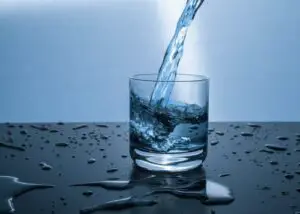
Water is an essential liquid nutrient and an important class of food necessary for a healthy lifestyle. A larger percentage of our bodies contains water. Without water, no bodily reaction can take place including digestion. Water helps in circulating nutrients, oxygen, blood, and other fluid. When taken, it improves brain function, flushes toxins, and boosts body energy.
Sources of water
It can be taken in its natural form or gotten from the following; Watermelon, Spinach, Lettuce, Carrots, Tomatoes, Grapefruits, and so on.
Moderation is the key to a great lifestyle and health. Despite the functions and roles of the above-mentioned classes of food, it can harm the body when taken too much. Just ensure you balance your food intake with adequate nutrients.

